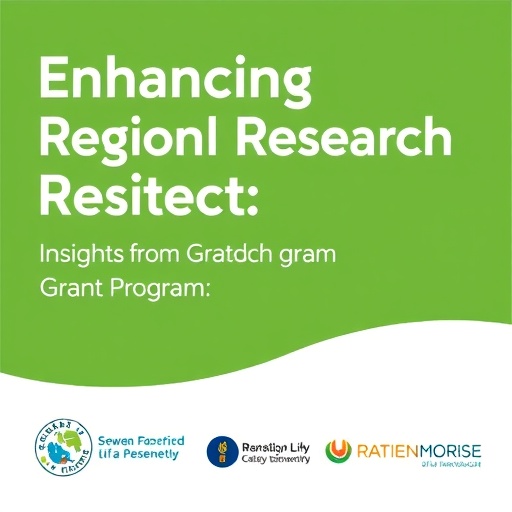Massachusetts General study reveals how interaction between A-beta and tau proteins leads to pathological effects
A study from Massachusetts General Hospital (MGH) investigators sheds new light on how the hallmarks of Alzheimer’s disease – amyloid-beta (A-beta) plaques and neurofibrillary tangles containing the protein tau – produce their damaging effects in the brain. The findings suggest that strategies directed against both pathologic proteins, rather than one or the other, might be promising therapeutic options.
“Our current study reinforces growing evidence suggesting that A-beta and tau work together to impair brain function and that, for certain aspects of that impairment, tau predominates,” says Bradley Hyman, MD, PhD, director of the Alzheimer’s Unit at the MassGeneral Institute for Neurodegenerative Disease, senior author of the paper. “We are intrigued to learn how they are interacting at a molecular level, in order to find ways of blocking that synergy.”
The team used advanced multiphoton calcium imaging to measure neural activity is several mouse models of Alzheimer’s disease. Experiments in a model that overexpresses the human form of A-beta confirmed previous studies that the plaques lead to hyperactivity of neurons. Studies with two mouse models that overexpress different forms of tau found, for the first time, that elevated levels of the protein were associated with a significant reduction in neural activity whether or not tau had aggregated into tangles.
Experiments with a novel mouse model that overexpresses both A-beta and tau found that, in the presence of both pathological proteins, A-beta-associated hyperactivity was abolished and tau’s neuronal silencing effect predominated. The findings were duplicated in mice regardless of their age, including animals too young to exhibit the loss of neurons typically seen in animals that only overexpress tau.
Since the mouse models used in this study are uniquely engineered so that tau expression can be blocked by administration of the antibiotic drug doxycycline, the researchers measured neural activity in the tau-overexpressing mice and in the animals that overexpressed A-beta and tau both before and six weeks after doxycycline administration. While blocking tau expression returned neural activity to normal levels in the mice that overexpressed that protein only, doxycycline treatment did not restore neural activity in animals expressing both pathologic proteins, even in mice too young to show neural damage.
The authors note that their findings could help explain why clinical trials of A-beta-blocking therapies have had difficulty improving symptoms of patients with Alzheimer’s disease. “One implication of our work is that approaches combining anti-A-beta and anti-tau therapies might be more effective than either alone, at least from the perspective of neural activation,” says Hyman, the Penney Professor of Neurology at Harvard Medical School. “Finding that tau and A-beta work in a synergistic fashion opens the doors to new research into understanding exactly how that interaction works.”
###
The lead and co-corresponding author of the Nature Neuroscience paper is Marc Aurel Busche, MD, PhD, of MassGeneral Institute for Neurodegenerative Disease (MGH-MIND) and the U.K. Dementia Research Institute. Additional co-authors are Susanne Wegmann, PhD, Simon Dujardin, PhD, Caitlin Commins, Julia Schiantarelli, Naomi Klickstein, and Tarun Kamath, MGH-MIND; George Carlson, PhD, McLaughlin Research Institute for Biomedical Sciences, Great Falls, Montana; and Israel Nelken, PhD, Hebrew University of Jerusalem.
Support for the study includes EMBO Long-Term Fellowship grant ALTF 590-2016, Massachusetts Alzheimer’s Disease Research Center grant P50 AG005134, National Institutes of Health grant 1R01 AG0586741, and grants from Alzheimer Forschung Initiative, the U.K. Dementia Research Institute, the JPB foundation and the Tau Consortium.
Massachusetts General Hospital, founded in 1811, is the original and largest teaching hospital of Harvard Medical School. The MGH Research Institute conducts the largest hospital-based research program in the nation, with an annual research budget of more than $900 million and major research centers in HIV/AIDS, cardiovascular research, cancer, computational and integrative biology, cutaneous biology, genomic medicine, medical imaging, neurodegenerative disorders, regenerative medicine, reproductive biology, systems biology, photomedicine and transplantation biology. The MGH topped the 2015 Nature Index list of health care organizations publishing in leading scientific journals and earned the prestigious 2015 Foster G. McGaw Prize for Excellence in Community Service. In August 2018 the MGH was once again named to the Honor Roll in the U.S. News & World Report list of “America’s Best Hospitals.”
Media Contact
Terri Ogan Janos
[email protected]
617-726-0954
http://dx.




